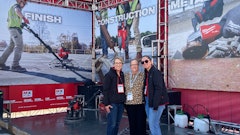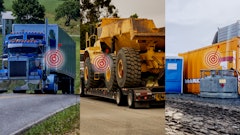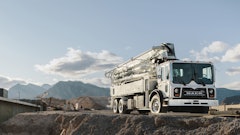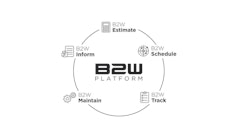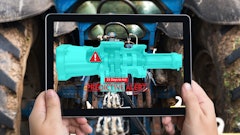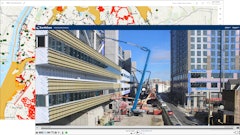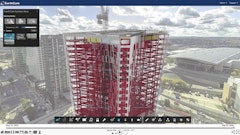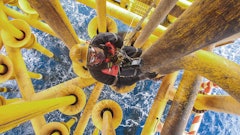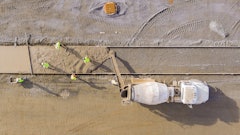
By Steven Wells, ClearPathGPS
Some construction companies have discovered GPS asset tracking as a way to help them increase the ROI on their equipment. In fact, it helps them to crack down on a practice that was costing them a lot of money — equipment hoarding by superintendents and project managers — and actually enhance their bottom lines.
We all know equipment hoarding is common. Maybe at your company it happens because a project manager overestimates the amount of equipment needed to complete a job. In some cases, it could be due to a busy and distracted superintendent just not noticing the crew no longer needs some equipment on site, and you're never told to retrieve it and redeploy it.
Or perhaps it’s more intentional. A project manager may want to have a cushion — more equipment than necessary on site at all times — because you’ve incentivized him or her to bring the job in on time, rather than on how cost effectively he or she manages your assets.
Whatever the reason, equipment hoarding isn’t just an annoyance. It can lead to bigger problems for your company. For example:
- You might needlessly be paying twice for identical machines. The one you own is being hoarded on a jobsite unused, forcing another of your crews, which actually needs that machine, to rent one elsewhere.
- If hoarding becomes common across your company, you’re more likely to overestimate the need for equipment on jobs. This could lead you to overbid and lose out on new business.
- Hoarding could damage your company’s reputation. It can lead to delays and even missed deadlines on projects that need equipment your other crews are hoarding.
 GPS trackers tied to a web app let you see real-time and historical data on what’s happening with your equipment assets, and where they’re currently located.
GPS trackers tied to a web app let you see real-time and historical data on what’s happening with your equipment assets, and where they’re currently located.
- Increase utilization rates of your equipment.
- Keep your heavy machinery at the sites where they’re most needed.
- Prepare more accurate bids on new jobs.
- Earn additional revenue by leasing out idle equipment.
- Give your superintendents and project managers the tools they need, when they need them, to complete their jobs efficiently, on time and more profitably for your company.
No More Missed Revenue Opportunity
Some construction companies choose to lease out equipment that’s sitting idle in their yards to another contractor for additional revenue. But what if you don’t know that a piece of equipment is actually idle because it’s not parked in your yard? Instead, it’s parked on a jobsite and your project manager is telling you his team needs it.
This is one of the reasons many contractors don’t even bother advertising their equipment for rent. They can’t pull together hard data (like engine hours) to let them know when a machine is needed on a jobsite and when it’s just being hoarded and could be rented out. What a missed opportunity to make additional money on that equipment!
 GPS trackers let you monitor each machine's whereabouts and how many engine hours it is logging on a jobsite.
GPS trackers let you monitor each machine's whereabouts and how many engine hours it is logging on a jobsite.
With hard data at your fingertips, you can rent out your heavy equipment whenever it isn’t needed for one of your own jobs. Those assets can now earn revenue for your company even when your crews don’t have an immediate use for them.
Steve Wells is co-founder and chief marketing officer of ClearPathGPS, a vehicle tracking provider that lets customers use the company’s tracking software on a month-to-month basis.
Related Content
Three Steps to Take Control of Your Infrastructure Project Fleet
How GPS Tracking Increases Profitability Through Driver Accountability











